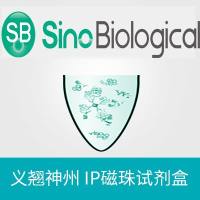Isolation of Parasite Genes Using Synthetic Oligonucleotides
互联网
587
One of the most powerful ways of identifying genes is to utilize oligonucleotide probes. A prerequisite for this approach is the exist ence of a minimal amount of protein sequence information, either from the parasite protein itself (see Chapter 33) or from homologous proteins of other organisms. Knowledge of parasite protein sequence permits the most accurate design of gene probes, but in many cases isolation and sequencing of the protein in question from the parasite is either not yet possible or is impractical. It is then necessary to resort to the second approach, if sequence availability from other organisms per mits. This involves a greater degree of guesswork, but has been suc cessfully used to date in the identification of a variety of genes from different parasites, such as the dihydrofolate reductase-thymidylate synthase gene (1 –3 ) , the phosphoglycerate kinase gene (4 ), and the a- and β-tubulin genes (5 –7 ) of Plasmodium falciparum , the RNA polymerase large subunit genes of Trypanosoma brucei (8 ) and of P. falciparum (9 ), and the 3-hydroxy-3-methylglutaryl-coenzyme A reduc tase from Schistosoma mansoni (10 ). It has been of particular utility in the case of P. falciparum (11 ), whose extremely A + T rich genome strongly mitigates against the success of heterologous hybridization probes from “mainstream” eukaryotes.









